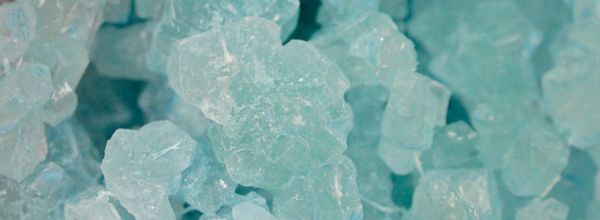Previously, Nick talked about SDS-PAGE. Today I am going to tell you about a tweak that will improve your SDS-PAGE protein gels.
Add Some Bis
It involves using Bis-Tris gel buffers. Although Bis-Tris adds a considerable cost to the technique, it has several advantages:
1. Bis-Tris gels are acidic, in contrast to the alkaline conditions found in conventional SDS-PAGE gels. This supresses cysteine reoxidation, which prevents proteins from cross-linking via di-sulphide bonds in the gel.
2. Sodium bissulphate, a reducing agent, is present throughout the buffer system. Unlike conventional PAGE, this means that the reducing environment is maintained all the way through the gel, which also helps to prevent disulphide bond formation.
3. Low molecular weight proteins do not run faster towards the end of the gel.
4. Conventional PAGE protein gels degrade after a month or two as the acrylamide breaks down to acryclic acid. This does not happen with Bis-Tris gels, which means they have a much longer shelf life.
Together, these factors mean that the resolution obtained on Bis-Tris SDS-PAGE gels is significantly greater than with conventional SDS-PAGE gels.
How to Make Your Own Bis-Tris Gels
Here’s how to make a Bis-Tris gel. The method is not very different from the conventional methods of casting protein gels, just replace the Tris buffer that you use in the stacking and resolving gels with the Bis-tris buffer and omit SDS from the gel. Run at at a constant voltage of 150V.
Use this buffer to separate small proteins (2-50 kDa):
5X Low MW Running Buffer
250 mM MES
250 mM Tris
5 mM EDTA
0.5% SDS
Add sodium bisulfite (running buffer reducing agent) to 5 mM (add fresh before run) from a 1M stock
Alternatively, use this one for higher molecular weight proteins (>20 kDa).
5X High MW Running Buffer
250 mM MOPS
250 mM Tris
5 mM EDTA
0.5% SDS
Add sodium bisulfite (running buffer reducing agent) to 5 mM (add fresh before run) from a 1M stock
200X Running Buffer Reducing Agent
1 M sodium bisulfite
Add to running buffer at 5mM final concentration
3.5X Gel Buffer
1.25 M bis-Tris (pH 6.5-6.8 with HCl)
Bis-Tris gels were developed by Tim Updyke and Sheldon Engelhorn for Invitrogen. Similar gels are marketed by Invitrogen under the NuPAGE label.
Check out this page for a full description on running Bis-Tris protein gels.
If you try this, or already use them, let us know how these gels work for you.
Originally published on September 12, 2008. Updated and revised on July 21, 2016.







